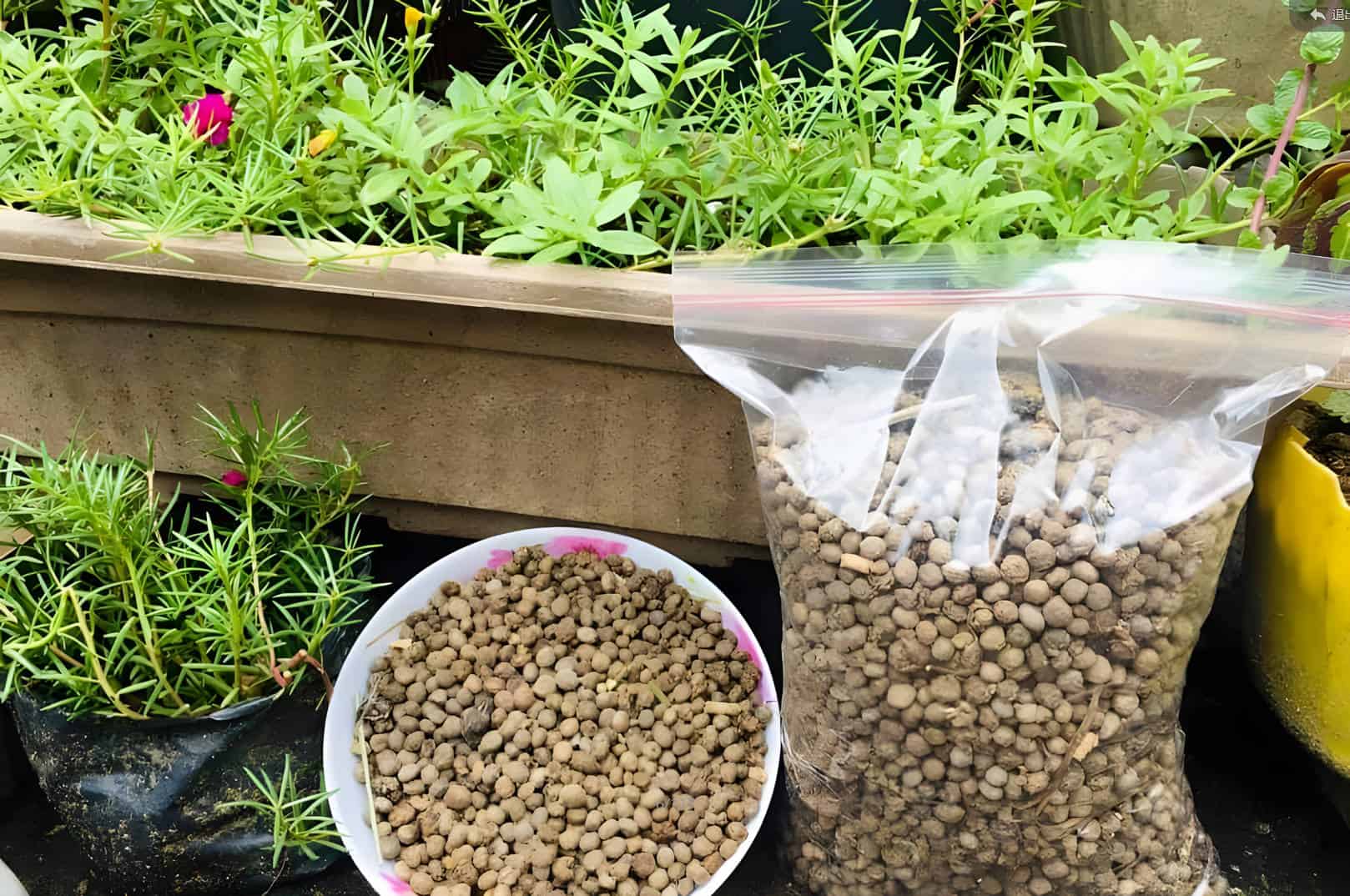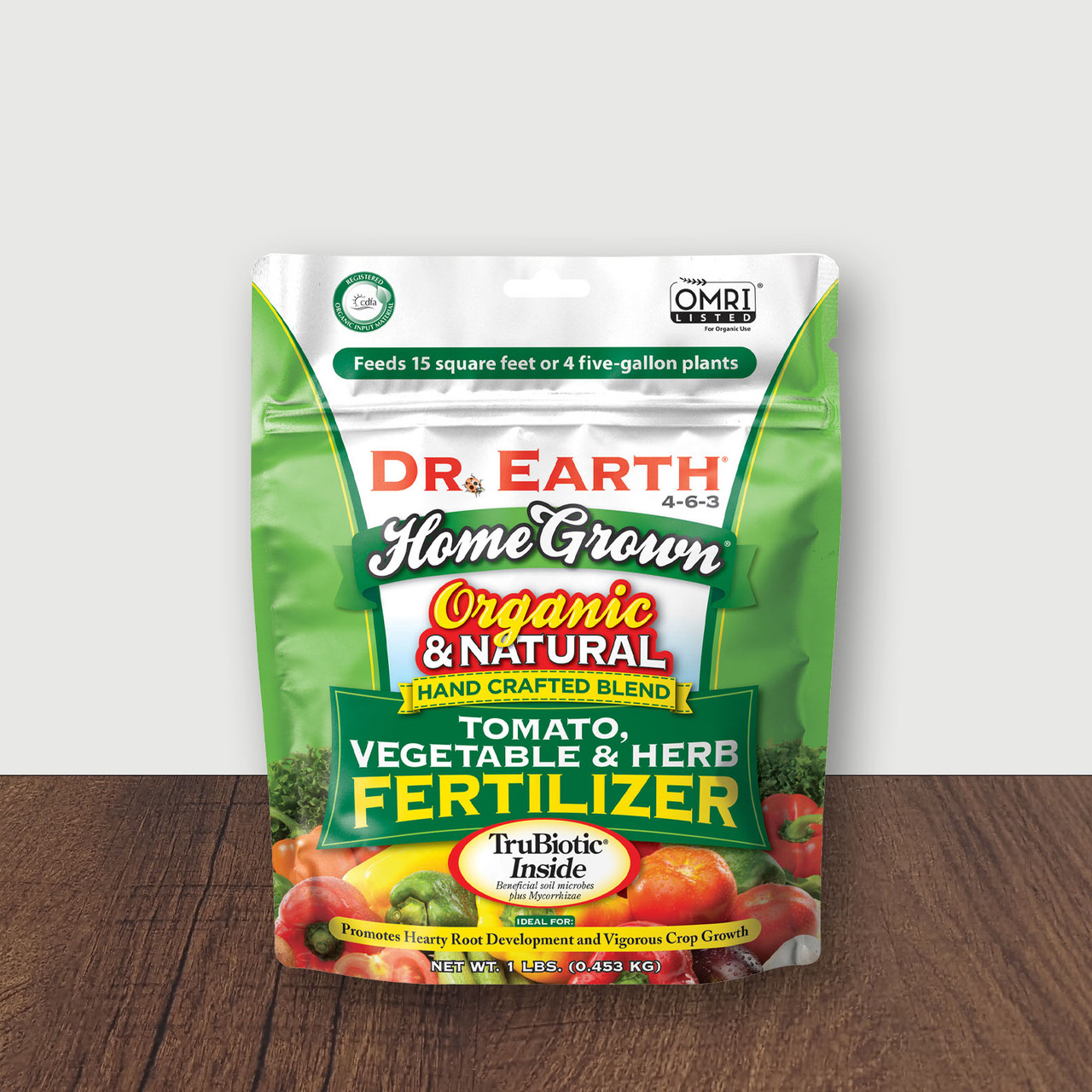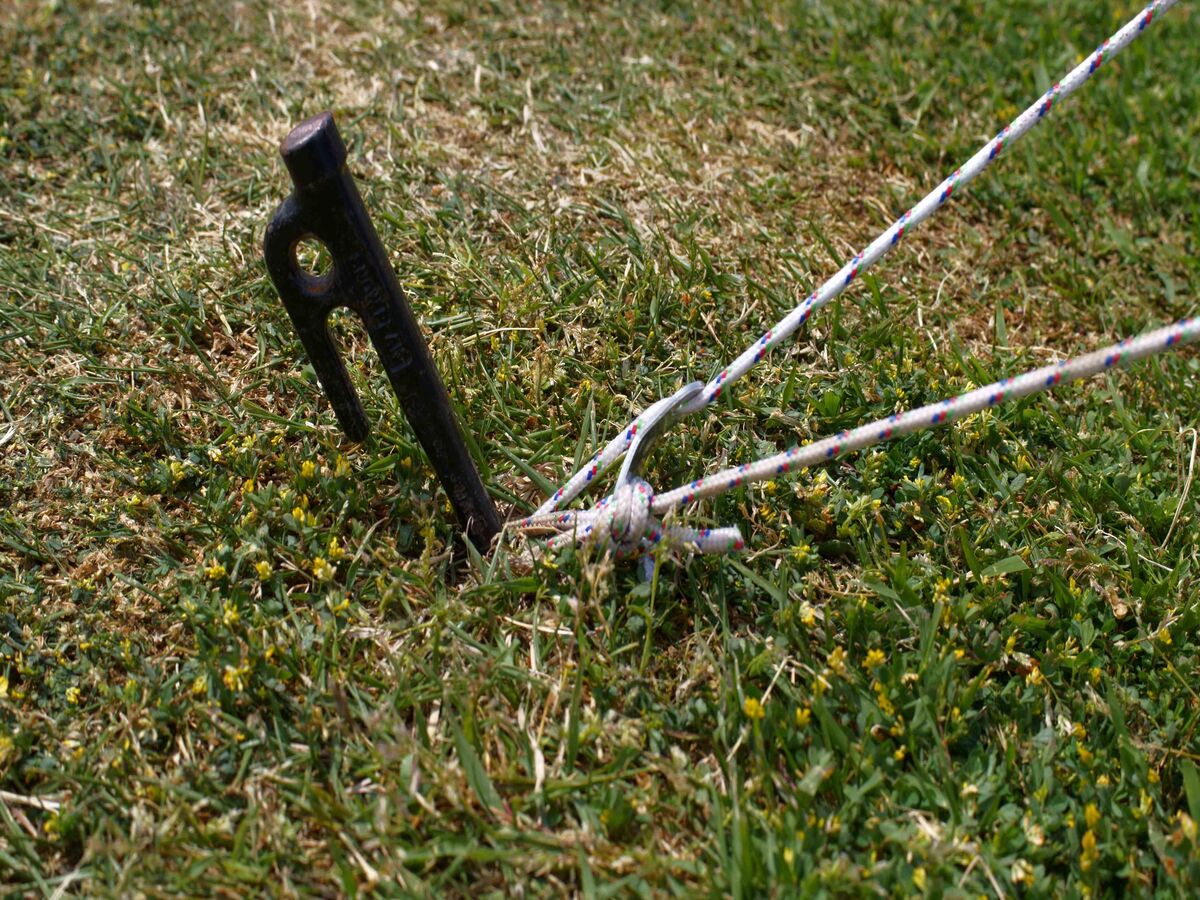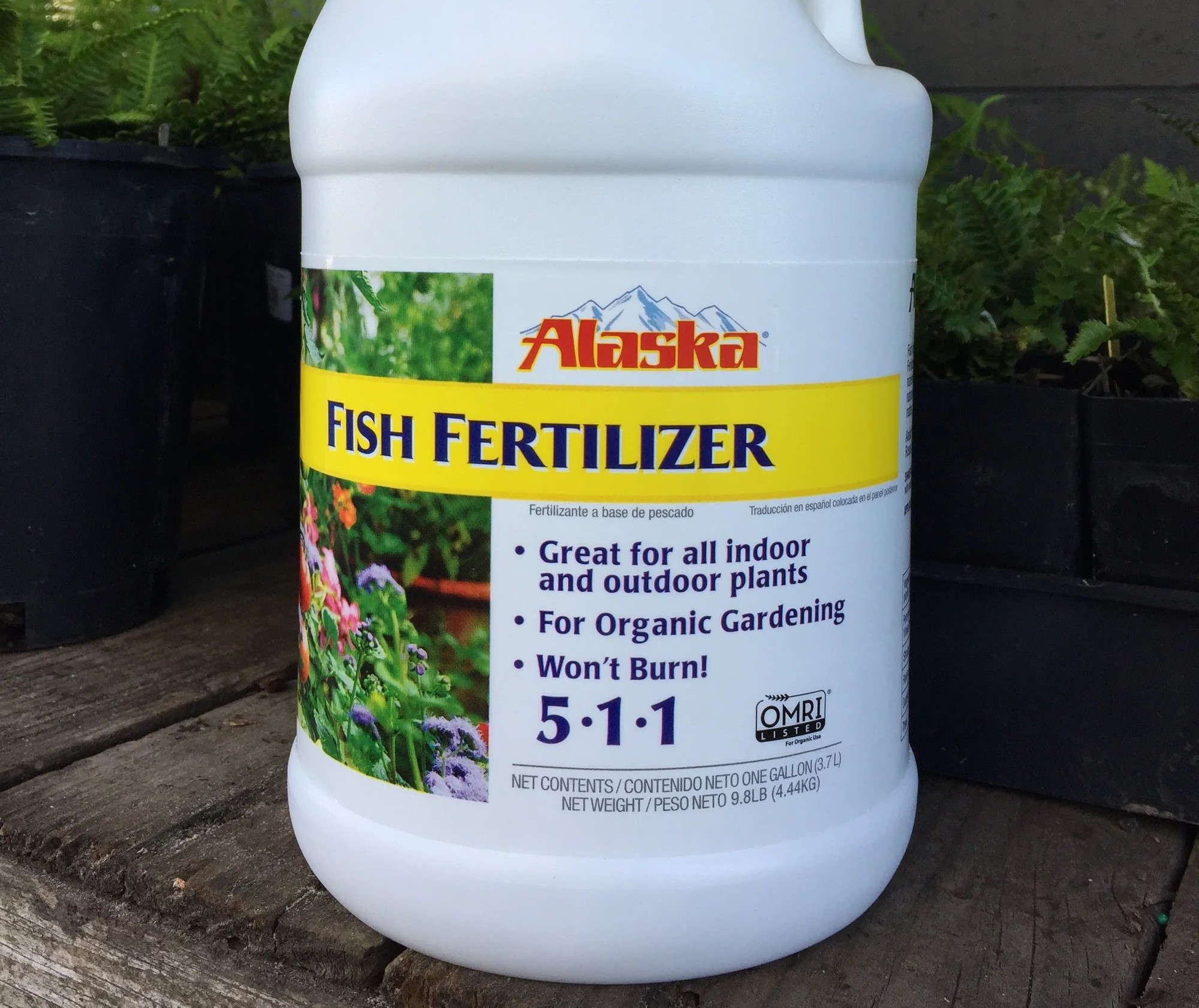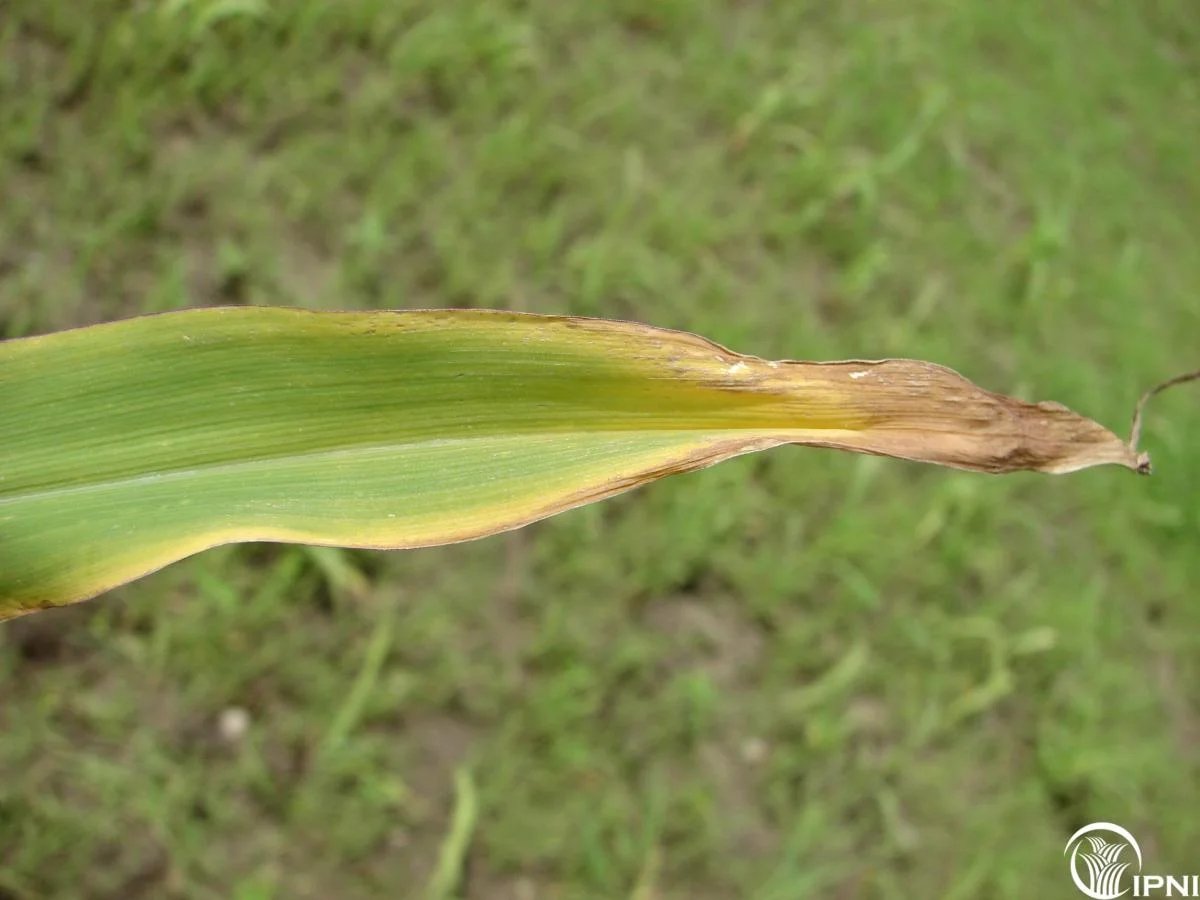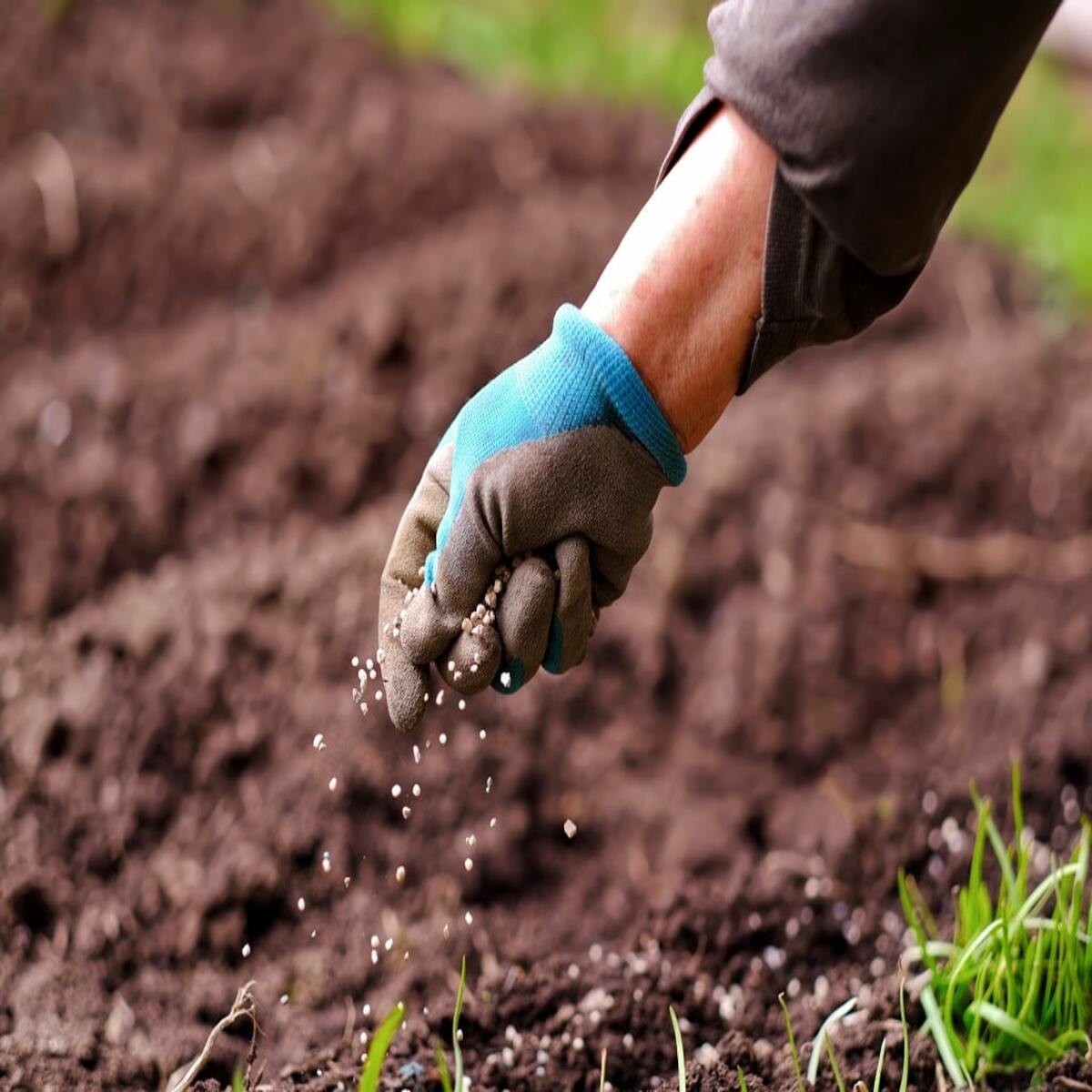Home>Gardening Techniques>DIY Projects>How To Use Coffee Grounds For Fertilizer
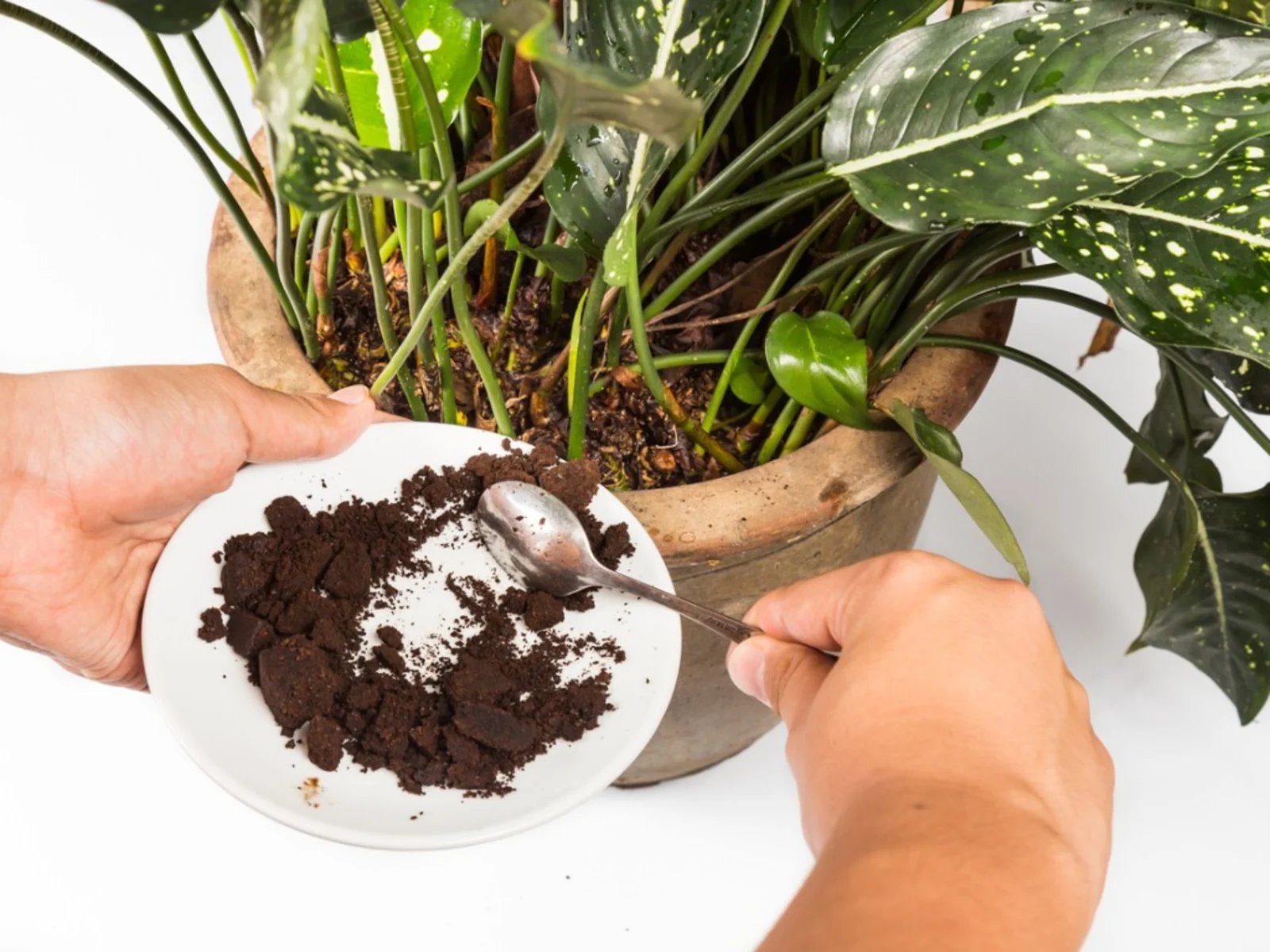

DIY Projects
How To Use Coffee Grounds For Fertilizer
Modified: February 9, 2024
Learn how to turn coffee grounds into an effective and eco-friendly fertilizer for your DIY projects. Boost your garden's growth with this simple and sustainable gardening hack.
(Many of the links in this article redirect to a specific reviewed product. Your purchase of these products through affiliate links helps to generate commission for Chicagolandgardening.com, at no extra cost. Learn more)
Table of Contents
Introduction
Welcome to the world of DIY gardening! If you’re looking for a natural and cost-effective way to enrich your soil and promote healthy plant growth, then you’re in the right place. In this article, we will explore the wonders of using coffee grounds as fertilizer.
When you think of coffee grounds, you might picture them as waste to be discarded. But did you know that they hold immense potential in nourishing your plants? Coffee grounds are a rich source of organic matter and essential nutrients that can improve soil structure and provide a much-needed boost to your plants’ health.
Using coffee grounds as fertilizer is not only a sustainable and eco-friendly practice, but it can also save you money by reducing the need for commercial fertilizers. Plus, it’s a great way to repurpose a common household item while reducing waste.
In this article, we will delve into the benefits of using coffee grounds as fertilizer, explore different methods of preparing and collecting them, and discuss various application techniques for different types of plants. We’ll also highlight some precautions and potential issues to keep in mind to ensure successful gardening with coffee grounds.
So, whether you’re an experienced gardener looking to try something new or a beginner looking for simple and effective gardening tips, read on to discover how coffee grounds can work wonders in your garden.
Benefits of Using Coffee Grounds as Fertilizer
Using coffee grounds as fertilizer offers numerous benefits for your plants and the environment. Let’s explore some of the key advantages:
- Nutrient-rich: Coffee grounds contain essential nutrients such as nitrogen, potassium, phosphorus, and calcium, which are vital for plant growth. These nutrients are slowly released into the soil, providing a steady and long-lasting source of nutrition for your plants.
- Improved soil structure: Coffee grounds are highly organic and help improve soil structure. They can enhance soil drainage, moisture retention, and aeration, creating an optimal environment for root development and overall plant health.
- Enhanced microbial activity: Coffee grounds contain compounds that promote the growth of beneficial microorganisms in the soil. These microorganisms help break down organic matter, release nutrients, and suppress harmful pathogens, leading to healthier plants.
- Natural pest deterrent: Coffee grounds have been found to repel certain pests, such as slugs, snails, and ants. Sprinkling coffee grounds around your plants can act as a natural barrier, protecting them from these unwanted visitors.
- Acid-loving plants: Coffee grounds have a slightly acidic pH, making them ideal for acid-loving plants like hydrangeas, azaleas, and blueberries. Adding coffee grounds to the soil will help maintain the acidity levels necessary for these plants to thrive.
By incorporating coffee grounds into your gardening routine, you can benefit from healthier plants, improved soil quality, and a more sustainable approach to gardening. Plus, it’s a fantastic way to put coffee waste to good use and reduce your ecological footprint.
Now that we’ve explored the benefits, let’s move on to understanding how to prepare and collect coffee grounds for your gardening needs.
Preparing and Collecting Coffee Grounds
Now that you’re aware of the benefits of using coffee grounds as fertilizer, it’s time to learn how to prepare and collect them effectively. Here are a few methods to consider:
- Home Coffee Brewing: If you brew your coffee at home, collecting coffee grounds is as simple as saving them after brewing. Once you’re done with your morning coffee, allow the grounds to cool and dry out. You can store them in an airtight container until you’re ready to use them in your garden.
- Local Coffee Shops: Many coffee shops have a surplus of coffee grounds that they are willing to give away for free. Check with local cafes or coffee shops in your area and ask if they can set aside their used coffee grounds for you to pick up. It’s not only a great way to obtain a large quantity of coffee grounds but also a chance to establish connections within your community.
- Community Composting: If your community has a composting program, check if they accept coffee grounds. Sometimes, these programs specifically request coffee grounds as they are a valuable addition to compost piles. By contributing your coffee grounds to community composting efforts, you are diverting waste from landfills and supporting sustainable practices.
When preparing coffee grounds for your garden, it’s important to let them dry out before applying them to the soil. Fresh, wet coffee grounds can create a slimy layer that hinders water drainage and promotes the growth of mold or fungi. Spread the coffee grounds on a tray or baking sheet and allow them to air dry for a few days. Once dry, they can be mixed into the soil or used as a top dressing around your plants.
Remember, moderation is key when incorporating coffee grounds into your gardening routine. Avoid using excessive amounts of coffee grounds, as they can alter the pH level of the soil and potentially harm your plants. Start with small quantities and observe how your plants respond before increasing the dosage.
Now that you know how to collect and prepare coffee grounds, let’s move on to the various application methods you can use in your garden.
Application Methods
When it comes to using coffee grounds as fertilizer, there are several application methods to consider. Here are some popular techniques:
- Direct Application: One of the simplest ways to use coffee grounds is to apply them directly to the soil around your plants. Gently sprinkle the coffee grounds on the topsoil, making sure to avoid piling them up around the base of the plant. This method works well for established plants and acts as a slow-release fertilizer.
- Composting: Coffee grounds can be a valuable addition to your compost pile. Mix your coffee grounds with other organic matter, such as leaves, grass clippings, and kitchen scraps. The coffee grounds will contribute nitrogen to the compost and help speed up the decomposition process. Make sure to balance the carbon-to-nitrogen ratio in your compost pile for optimal results.
- Mulching: Coffee grounds make an excellent addition to your mulch layer. Apply a thin layer of coffee grounds on top of your existing mulch to provide an extra boost of nutrients to your plants. The coffee grounds will gradually break down and release beneficial nutrients into the soil.
- Planting Mix: Mix coffee grounds into your potting soil or planting mix before transplanting or repotting your plants. This helps improve soil structure, nutrient content, and moisture retention. Be mindful not to exceed 20% of coffee grounds in the mix to avoid overwhelming your plants with excess nutrients.
With all application methods, remember to spread the coffee grounds evenly and avoid concentrated piles, as this can lead to excess moisture retention or pH imbalance.
In addition to the various application methods, it’s essential to consider the specific needs of your plants when using coffee grounds. Let’s explore how coffee grounds can benefit different types of plants in the next section.
Using Coffee Grounds for Specific Plants
While coffee grounds can benefit a wide range of plants, some specific plants particularly thrive when supplemented with this organic fertilizer. Let’s explore how coffee grounds can be used for different types of plants:
- Acid-Loving Plants: Acid-loving plants like hydrangeas, azaleas, rhododendrons, and blueberries benefit from the slightly acidic nature of coffee grounds. Mix coffee grounds into the soil when planting or apply them as a top dressing to maintain the desired acidity levels.
- Vegetables: Many vegetable plants can benefit from coffee grounds. Nitrogen-rich coffee grounds contribute to healthy leafy growth. Avoid applying coffee grounds directly on the root zone of sensitive vegetables like legumes or root crops, as they can be susceptible to nitrogen burn.
- Flowering Plants: Coffee grounds can promote lush foliage and vibrant blooms in flowering plants such as roses, camellias, and geraniums. Mix coffee grounds into the soil during planting or apply them as mulch around the base of the plants.
- Herbs: Several herbs, including cilantro, parsley, and basil, benefit from coffee grounds as a source of organic matter and nutrients. Sprinkle coffee grounds around herb plants, taking care not to overwhelm them with excessive amounts.
- Houseplants: Indoor plants can also benefit from coffee grounds. Add coffee grounds to your potting mix to boost nutrient content and improve soil structure. Remember to adjust the dosage based on the specific needs of each houseplant.
Keep in mind that while coffee grounds are beneficial for these specific plant types, they can also benefit other plants in your garden. Experimentation and observation are key to finding the right balance for your plants’ needs.
However, it’s important to note that not all plants will respond positively to coffee grounds. Plants that prefer alkaline or neutral soil conditions may not benefit from coffee grounds, as they can further acidify the soil. Research the specific requirements of your plants to ensure you provide them with the best possible care.
Now that we’ve explored using coffee grounds for specific plants, let’s take a look at some precautions and potential issues to be mindful of.
Precautions and Potential Issues
While using coffee grounds as fertilizer can be highly beneficial for your plants, it’s important to be aware of a few precautions and potential issues:
- Don’t Overdo It: Coffee grounds are rich in nitrogen, so it’s important to use them in moderation. Excessive amounts of coffee grounds can lead to nitrogen burn, which can harm your plants. Start with small quantities and monitor your plants’ response before increasing the dosage.
- Consider pH Levels: Coffee grounds are slightly acidic, so they are best suited for plants that prefer acidic soil conditions. Plants that thrive in alkaline or neutral soil may not benefit from coffee grounds and may even suffer from imbalanced pH levels. Test your soil’s pH regularly and adjust accordingly.
- Avoid Fresh, Wet Grounds: Fresh, wet coffee grounds can create a slimy layer on the soil’s surface, hindering water drainage and potentially promoting the growth of mold or fungi. Allow the coffee grounds to dry before applying them to the soil.
- Be Cautious with Seedlings: Coffee grounds can be too strong for delicate seedlings, as they contain high nitrogen levels. It’s best to wait until the seedlings have established a stronger root system before introducing coffee grounds to avoid overwhelming them.
- Observe Plant Reactions: Every plant is unique, and it’s important to observe how your plants respond to the addition of coffee grounds. If you notice any negative effects, such as leaf yellowing or stunted growth, discontinue the use of coffee grounds or adjust the dosage accordingly.
- Consider Your Source of Coffee Grounds: If you’re sourcing coffee grounds from coffee shops or other external sources, ensure that the coffee beans used were not treated with any harmful chemicals. Organic coffee grounds are always the safest choice.
By following these precautions and being mindful of your plants’ needs, you can effectively use coffee grounds as a nutritious and sustainable fertilizer in your garden.
Now that we’ve explored the precautions and potential issues, let’s wrap up our discussion on using coffee grounds as fertilizer.
Conclusion
Using coffee grounds as fertilizer provides a natural and cost-effective way to nourish your plants while reducing waste. The benefits of coffee grounds as a garden amendment are vast, including the provision of essential nutrients, improved soil structure, enhanced microbial activity, and natural pest deterrent properties.
Preparing and collecting coffee grounds is a simple process that can involve home brewing, local coffee shops, or community composting programs. It’s important to let the coffee grounds dry before application to prevent moisture retention issues.
Application methods for coffee grounds include direct soil application, composting, mulching, and incorporating them into planting mixes. It’s best to use coffee grounds in moderation and tailor the application to specific plant needs.
While coffee grounds can benefit various plants, it’s crucial to consider the specific requirements of your plants, especially when it comes to acidity levels. Some plants, such as acid-loving plants and flowering plants, thrive with the addition of coffee grounds, while others may not be as responsive.
There are a few precautions to keep in mind when using coffee grounds as fertilizer, such as avoiding excessive use, considering pH levels, and observing plant reactions. Additionally, it’s important to source coffee grounds from reputable sources and ensure they are free from harmful chemicals.
By incorporating these tips and practices into your gardening routine, you can make the most of coffee grounds as a sustainable and beneficial fertilizer for your plants. Embrace the art of DIY gardening and tap into the power of coffee grounds to cultivate a thriving and beautiful garden.
